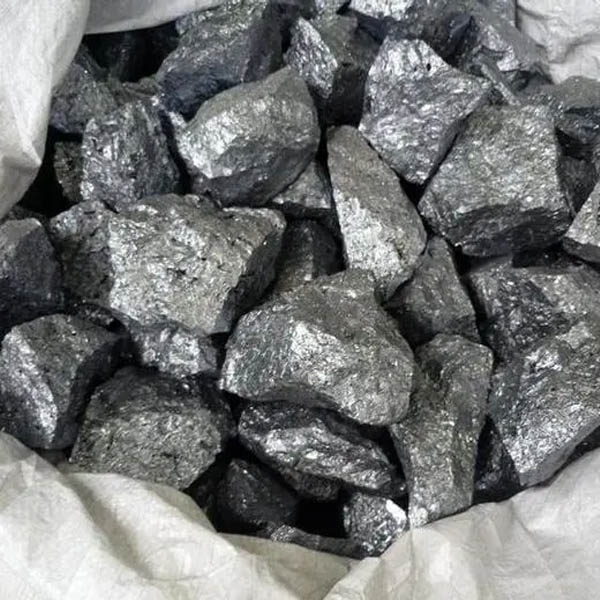In Mid-October, silicon metal prices fluctuation first rose and then stabilized. Some DMC factories have stopped production for maintenance, and some factories have reduced production, resulting in a decrease in the overall operating rate. At the same time, downstream traders have become more enthusiastic about purchasing goods, and factory prices have increased. However, a wait-and-see mood has emerged in the market, and prices have turned stable. This is the basic Silicon Metal Price Fluctuation in Mid-October.
Silicon metal prices have also changed. A large metal silicon factory increased the price of Silicon 421 by 300RMB/Ton, but the market acceptance was low. The price of methyl chloride fell sharply, and the price of methanol fluctuated. Polysilicon production is increasing, which means that its demand for silicon metal will also increase. Aluminum alloy prices are still in the process of consolidating at a high level, aluminum alloy companies are producing normally, and the procurement of silicon metal is mainly based on rigid demand.

There are currently no signs of activity in the Silicon metal export market. In recent weeks, international orders have been scattered and demand has been released slowly. Export traders’ wait-and-see mood spreads, and most traders have no intention of stocking up. Only some exporters who have received orders in the early stage are looking for low-priced supplies. This has little positive impact on silicon metal price fluctuation.
Detailed silicon metal price fluctuation for silicon metal models: Silicon 553 price declined 200 rmb per ton. Silicon 441 price declined 50 rmb per ton, Silicon 3303 price declined 200 rmb per ton, SIlicon 421, Silicon 521 price dropped 100 rmb per ton. Taken together, though the market demand is weak, but in the following days raining season will end, and the hydro power price will rise. So the silicon metal prices are still likely to fall further.
Polysilicon prices remain stable. The operating rate of silicon wafer companies has been reduced, so the market demand for polysilicon materials has declined. Moreover, downstream companies have sufficient polysilicon inventories and lack the willingness to purchase high-priced raw materials.
